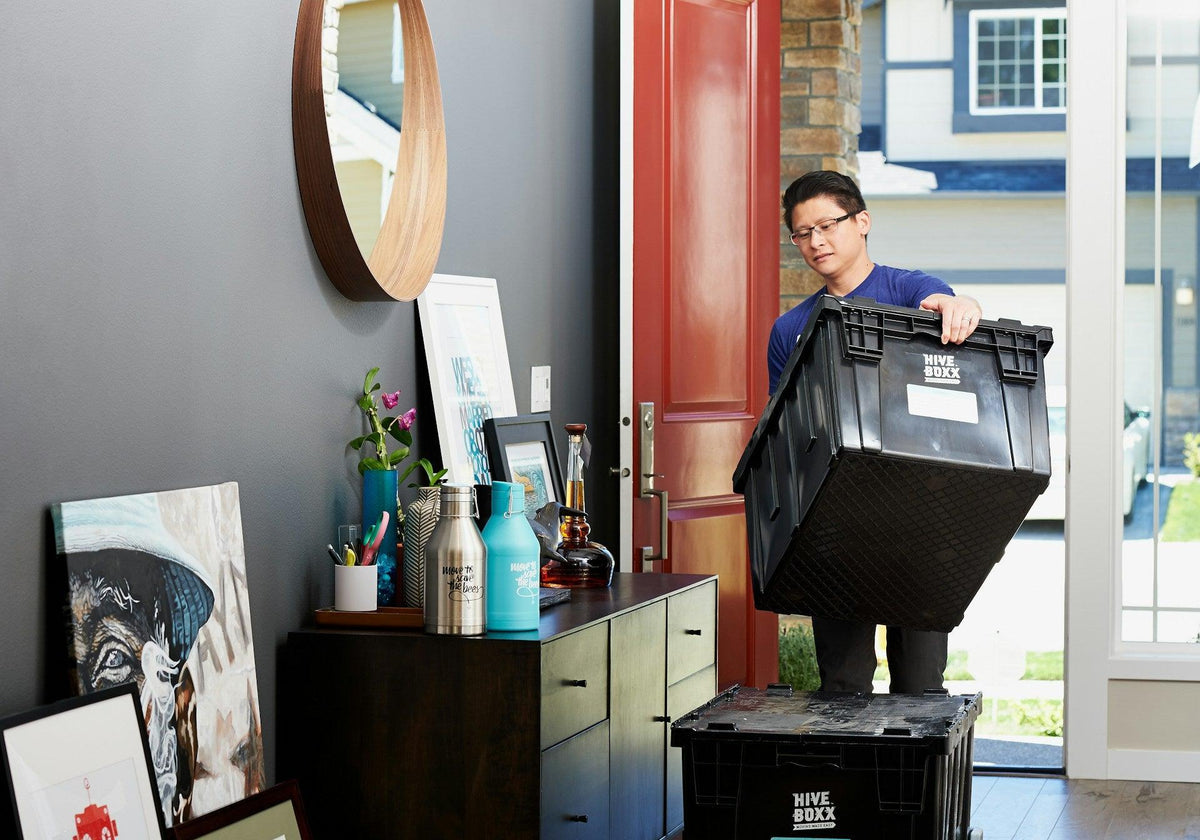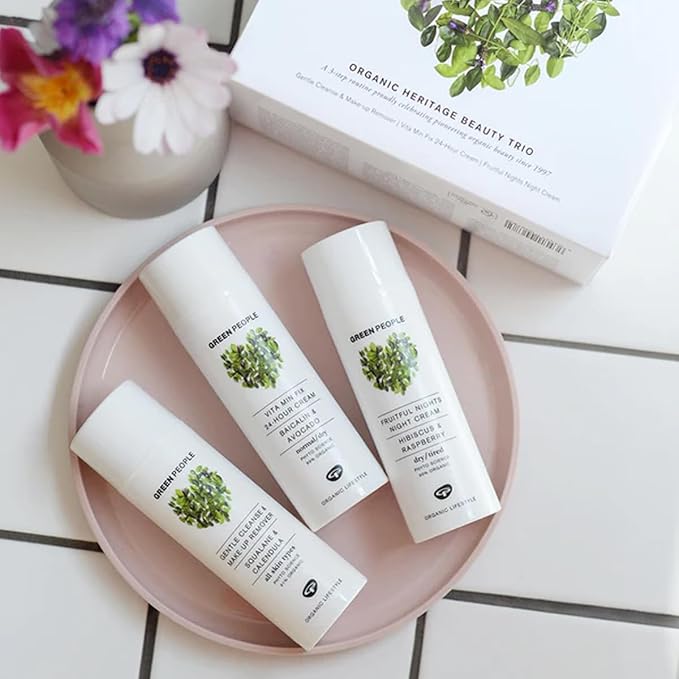First-time visitors to Georgia often want a clear, stress-free introduction that balances culture, nature and everyday comfort. Many begin in Tbilisi, where the airport sits close to the city centre and the compact Old Town allows easy walking between the sulphur baths, Narikala cable car and riverside viewpoints. Sustainable travel here means choosing walkable routes, local cafés and small hotels that support the community. Short trips to Mtskheta add historical depth without long drives, while Kakheti introduces wine traditions through slower, guided visits that reduce unnecessary transport. Some travellers combine Tbilisi with Batumi, using efficient internal travel rather than multiple flights. At Friendly Turtle EcoBlog, we encourage first-time visitors to travel Georgia responsibly by pacing itineraries, staying in family-run guesthouses, joining small-group tours and respecting local ecosystems. These mindful choices help reduce environmental impact while still offering a rich, authentic experience of Georgia’s cities, landscapes and traditions.
Share your articles with us and get published! Reach out at hello@friendlyturtle.com.
The Ultimate Guide to a Zero-Waste Move: Minimizing Your Environmental Impact

Moving is chotic – there are boxes everywhere, packing tape flying, and that mix of excitement and "oh my gosh, how will this ever get done?" feeling. But here's the thing that always bums one out: all the trash it creates!
If you care about the environment, those piles of cardboard and plastic can be a real downer. But guess what? It doesn't have to be that way! Let us share what we've learned so you can make your next move guilt-free and a lot greener.
Hire a Professional
Okay, We know the idea of hiring movers might make your wallet twitch a bit. But hear us out, especially if going green is a priority. Here's the thing: professionals know their stuff! They pack efficiently, which means fewer boxes.
Plus, a lot of moving companies have reusable bins and packing materials they use instead of endless cardboard and bubble wrap. That's a serious win for the planet. And remember, they'll get it done way faster than you ever could, which frees up your time (and sanity!).
However, you can’t just hire any service. It has to be a professional service that knows what they’re doing. You need an experienced mover like Solomon & Sons Relocation to make sure that your move is a green one.
Decluttering Before the Move
Listen, We know decluttering is rarely anyone's idea of fun. But trust us, when it comes to an eco-friendly move, this is where the magic happens! The less you pack, the less waste you'll create – simple as that. Let's make this painless and super effective:
-
The "Get It Outta Here" Pile: Start with the obvious. Anything broken beyond repair, stuff collecting dust you haven't touched in ages – those go straight into donation/sell/recycle bins. Be brutal!
-
The "One In, One Out" Rule is especially useful for clothes and household items. If you bring something new into your home, find one similar item to donate or sell.
-
Don't Wait, Donate! The longer you hold on to decluttered stuff, the more likely it'll sneak back into your moving boxes. Get those donation bags to the charity shop ASAP!
- Sell It, Friend! Take decent photos of items someone else might love, and list them online. That extra cash is nice, but the point is to keep them out of the landfill.
Think of it like this: every item you declutter is one less thing to pack, unpack, and potentially throw away later. It's a win for you and an even bigger win for the planet!
Packing like a pro
Okay, time to ditch the bubble wrap and mountains of cardboard! Here's how to pack smartly, without harming the planet:
-
The Hunt for Freebies: Before buying anything, hit up friends, neighbors, and local businesses. You'd be surprised how many slightly used boxes and packing materials are waiting to be reused!
-
Newspapers to the Rescue: Instead of bubble wrap, old newspapers are fantastic for padding fragile items. Plus, you can recycle them afterward, unlike most packing materials.
-
Give Your Clothes a Job: Use towels, blankets, and even your clothes as cushioning for breakables. Multi-purpose packing for the win!
-
"Borrow" Those Bins: Many moving companies offer reusable moving bins. Yes, there's a rental fee, but it beats a landfill full of cardboard.
- Think Outside the Box (Literally): Suitcases, laundry baskets, and even sturdy bags can replace some of those cardboard boxes. Get creative!
Remember, being resourceful is the key to eco-friendly packing. With a little planning, you might be surprised how little you actually need to buy!
The Unpacking Zero-Waste Challenge
Okay, the boxes are finally empty, but the zero-waste journey isn't over! Here's how to unpack with the planet in mind:
-
Repurpose on the Fly: All that packing paper and cardboard? Don't throw it out right away! Use it for kids' art projects, line drawers, or even as mulch in your garden (if you have one).
-
Unpack with Purpose: Fight the urge to race through the boxes. Take a moment with each item – do you really need it? Where will its permanent home be? This prevents future clutter and waste.
-
Go Shopping... In Your Own Boxes: Before hitting the stores for new storage bins, see if you can reuse old boxes or containers already at hand.
-
Resist the "New Home, New Stuff" Temptation: It's exciting, but try to avoid buying new things just because you have a new space to fill. What you already own is probably enough!
- Ditch the Junk Mail ASAP: Sign up for services to reduce those unwanted flyers and catalogs clogging your mailbox – it's paper waste you don't even need to bring inside.
Eco-Cleaning and Settling In
Your move is mostly done, now it's time to make your new space shine (without harsh chemicals). Just DIY your cleaners. Baking soda, vinegar, and a few essential oils are all you need for basic, earth-friendly cleaning solutions. There are tons of recipes online!
If you do buy cleaning products, always look for the labels. Choose ones with eco-certifications or at least minimal, biodegradable ingredients.
Opt for refillable cleaning bottles and concentrated products to dramatically cut down on packaging waste.
Give second hand items a shot. Before buying brand new furniture or decor, check out thrift stores, online marketplaces, or even family hand-me-downs. You might find gems while saving resources.
Have dedicated bins for recycling, composting (if possible), and any special disposal items (like batteries and lightbulbs) to avoid scrambling later.
Moving is a natural time to rethink your habits. Small changes make a big difference over time!
Zero-Waste Move with Kids/Pets
Let's be real, kids and pets don't always make minimalism easier! But with a little planning, your move can still be kind to the planet. Here's how:
-
Kid-Friendly Decluttering: Turn it into a game! Use labeled boxes for "keep," "donate," and "maybe." Let them participate in deciding what stays and what goes.
-
Pet Supplies Purge: Go through old toys, bedding, and outgrown items. Donate what's usable and responsibly dispose of the rest.
-
Reusable Packing for the Win: Kids' clothes make great padding! Plus, involve them in packing their own "treasure boxes" with reusable bags or backpacks.
-
Eco-Friendly Pet Transport: If possible, avoid single-use pet carriers. Borrow one or invest in a sturdy, long-lasting option if you travel often with your furry friend.
- Familiar Comforts: Pack favorite blankets and Jellycat soft toys to help kids and pets settle into the new place. This minimizes the need to buy new things for reassurance.
Conclusion
Moving doesn't have to mean mountains of trash! With a little extra effort, you can make this change a fresh start for you and the planet. Small steps make a big difference, so let's make our next move a greener one!
0 comments
Let customers speak for us
Blog posts
A calm, multifunctional garden can be more than a pretty backdrop it can become a practical extension of your home that supports slow mornings, outdoor meals, and genuine downtime. In this Friendly Turtle EcoBlog guide, we look at simple, sustainable ways to shape an outdoor space that feels organised, welcoming, and easy to use throughout the week. Start by creating clear “zones”: a quiet seating corner for reading, a dining spot for relaxed lunches, and a flexible open area for play or potting. Light-touch structures, such as an airy pergola or a sheltered veranda, add definition without blocking daylight, making the garden usable in changeable weather. Keep the mood restful with layered planting: evergreens for year-round structure, seasonal flowers for colour, and lightly scented herbs near paths. Choose reclaimed or recycled materials where possible, add soft warm lighting, and reduce water waste with mulch and a simple rainwater butt. The result is a garden that feels calm, functional, and kinder to the planet.
Finding the right mental health support in Woodland Hills starts with checking credentials, treatment approach and access to care. Look for licensed clinicians with training in evidence-based therapies such as CBT or DBT, and ask whether programmes offer coordinated psychiatry, talking therapy and crisis support when needed. The best providers also explain your options clearly, from outpatient sessions to more structured day programmes, and may include complementary practices that support recovery, such as mindfulness, movement and nutrition guidance. At Friendly Turtle EcoBlog, we often explore how everyday choices shape wellbeing; this guide applies the same practical lens to mental health care, helping you compare services, understand what ‘holistic’ really means, and choose a setting that feels safe, respectful and tailored to your needs. It also highlights practical questions to ask about availability, confidentiality, fees and insurance, so you can make a confident, informed decision.



